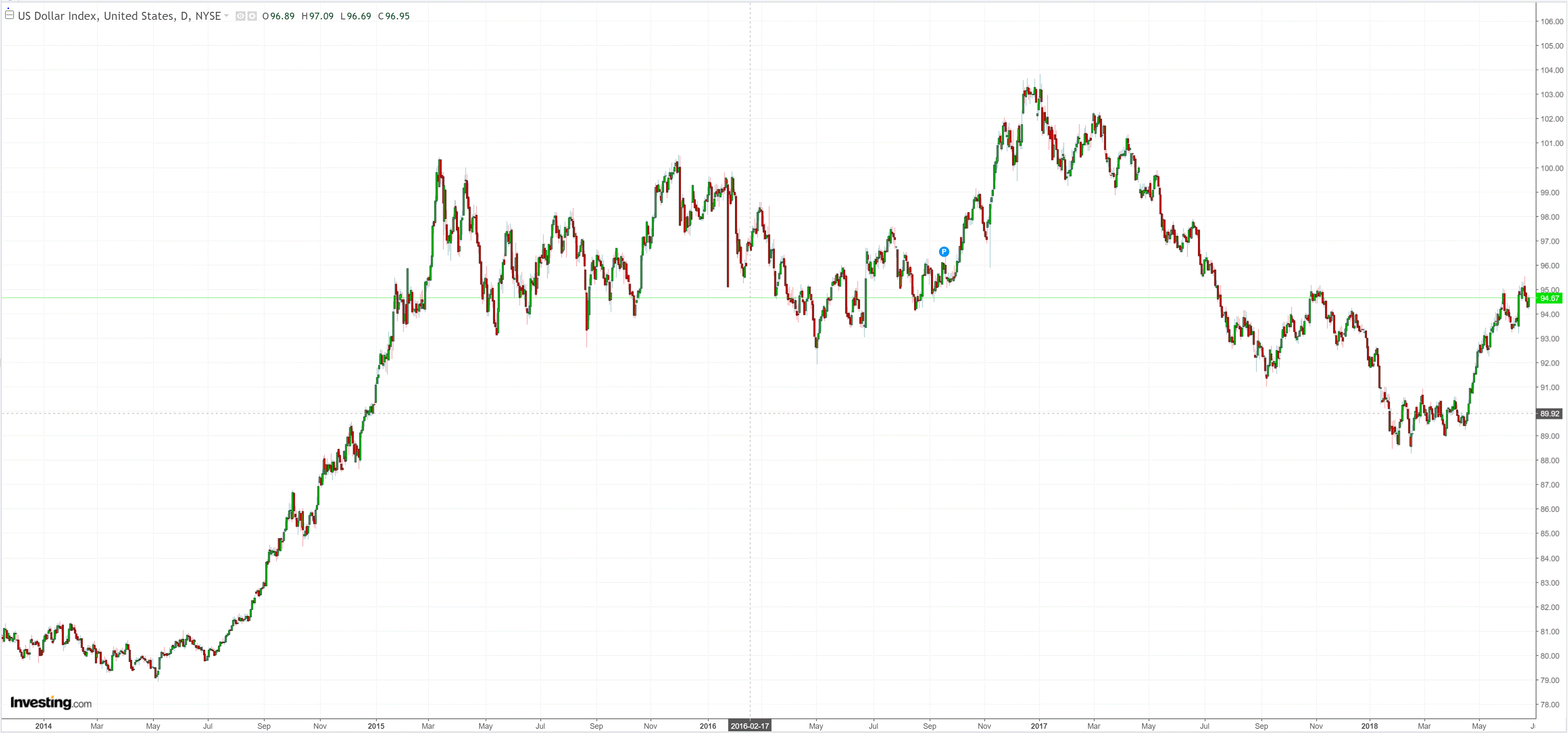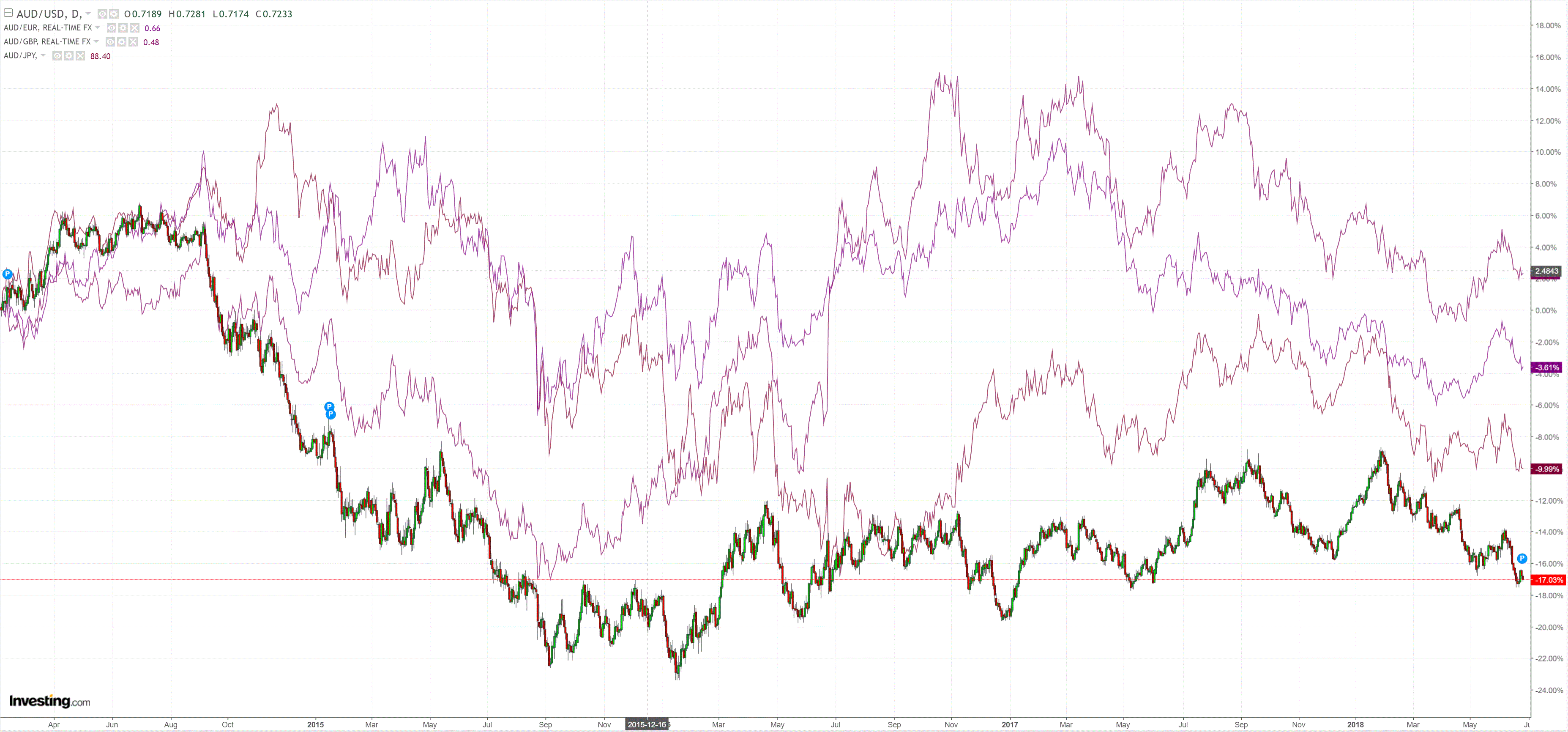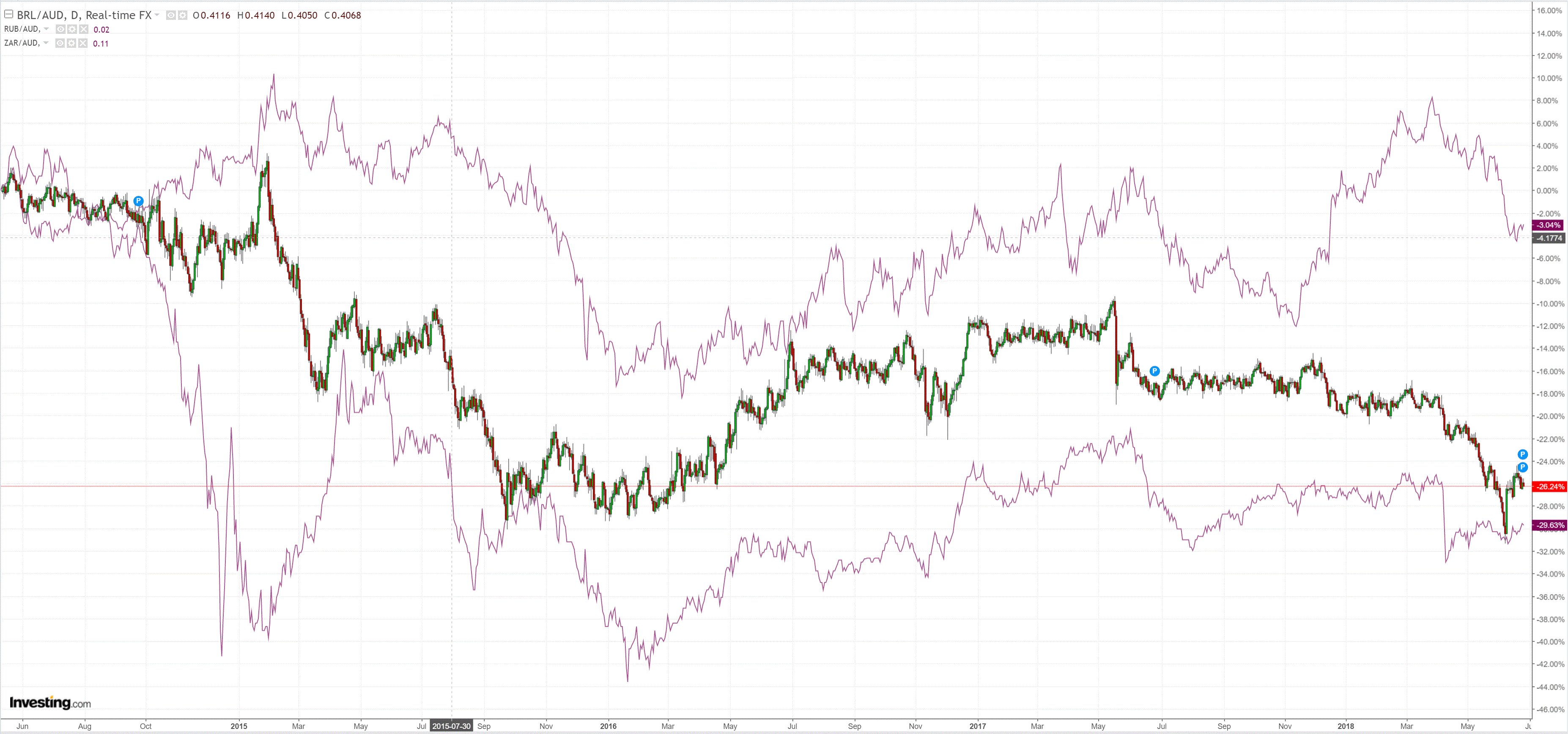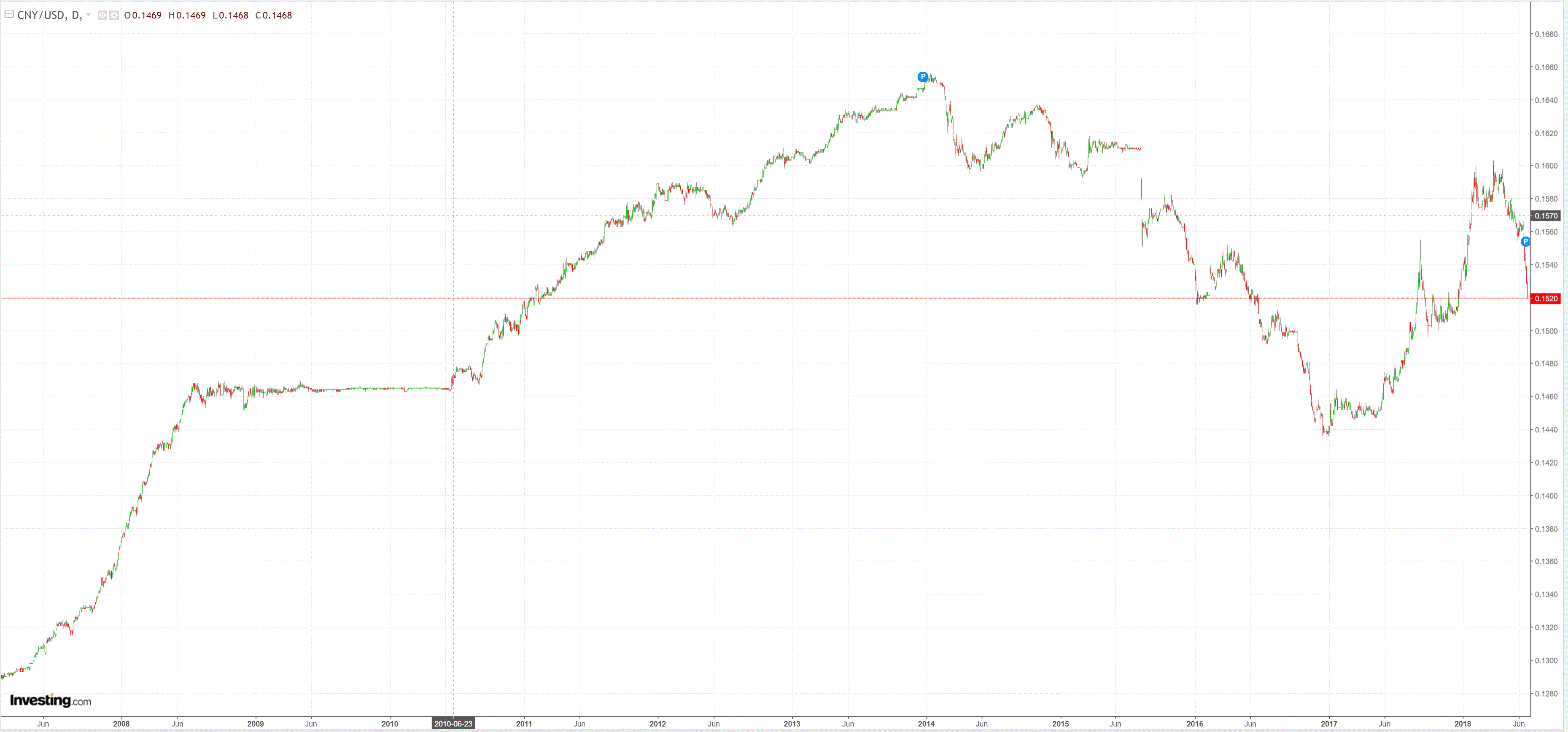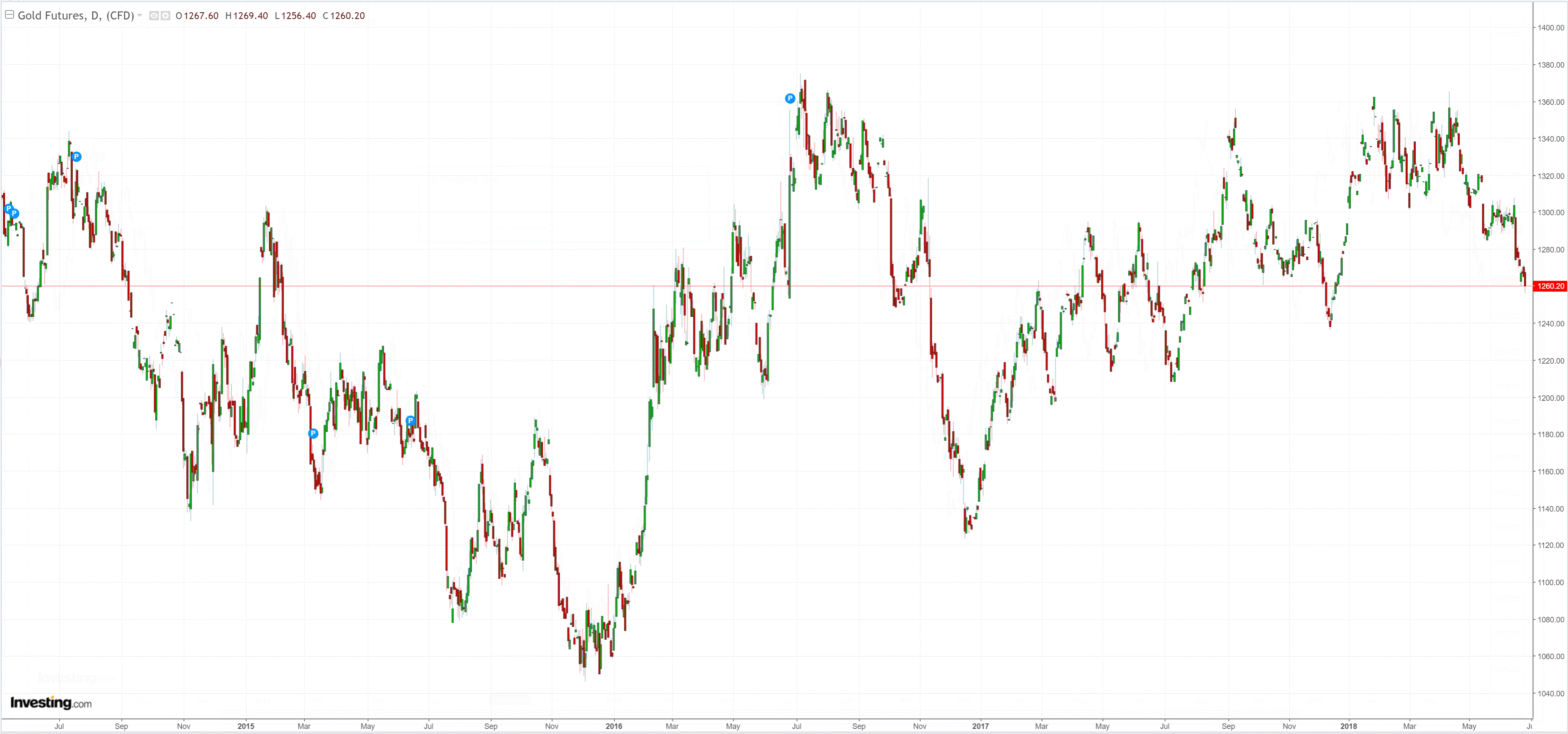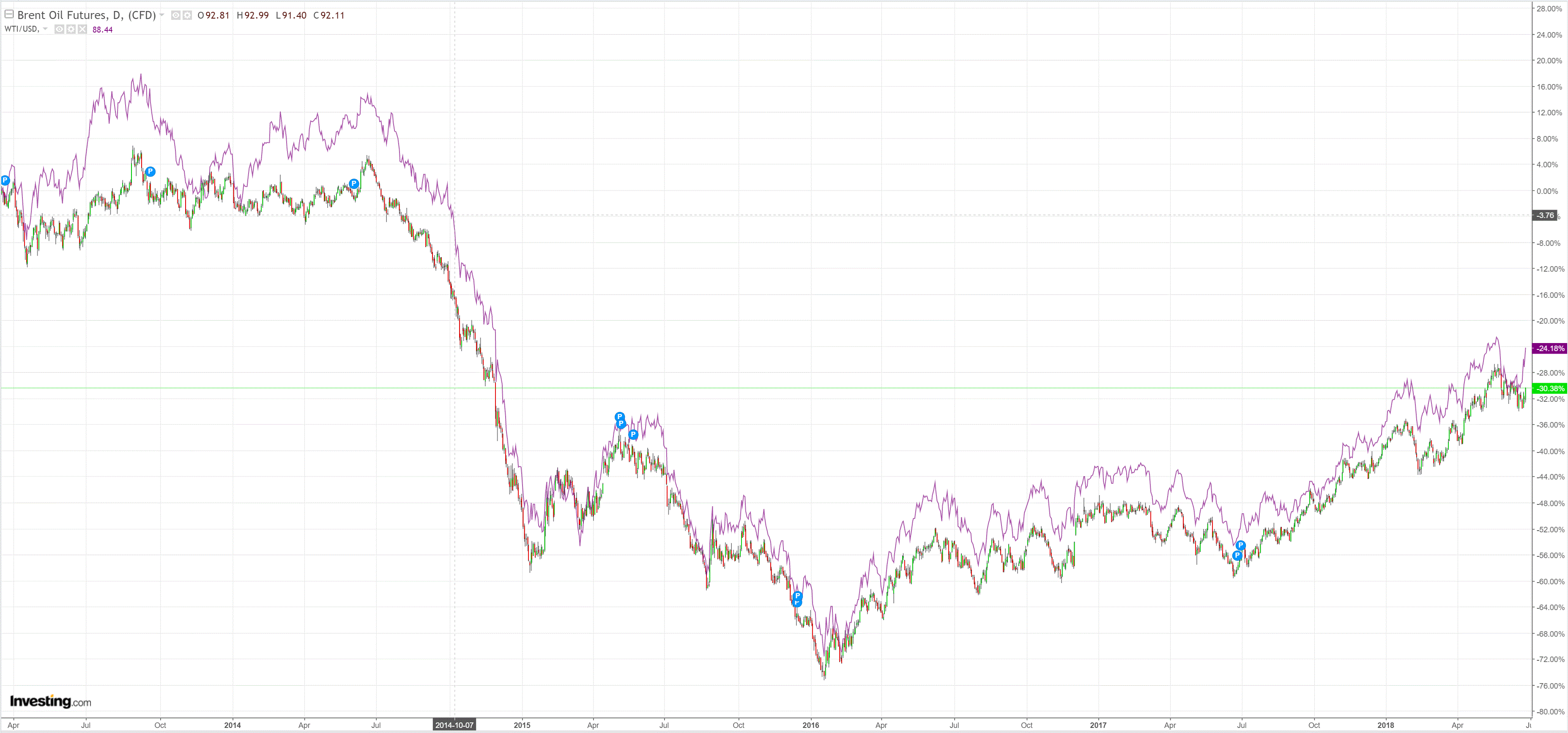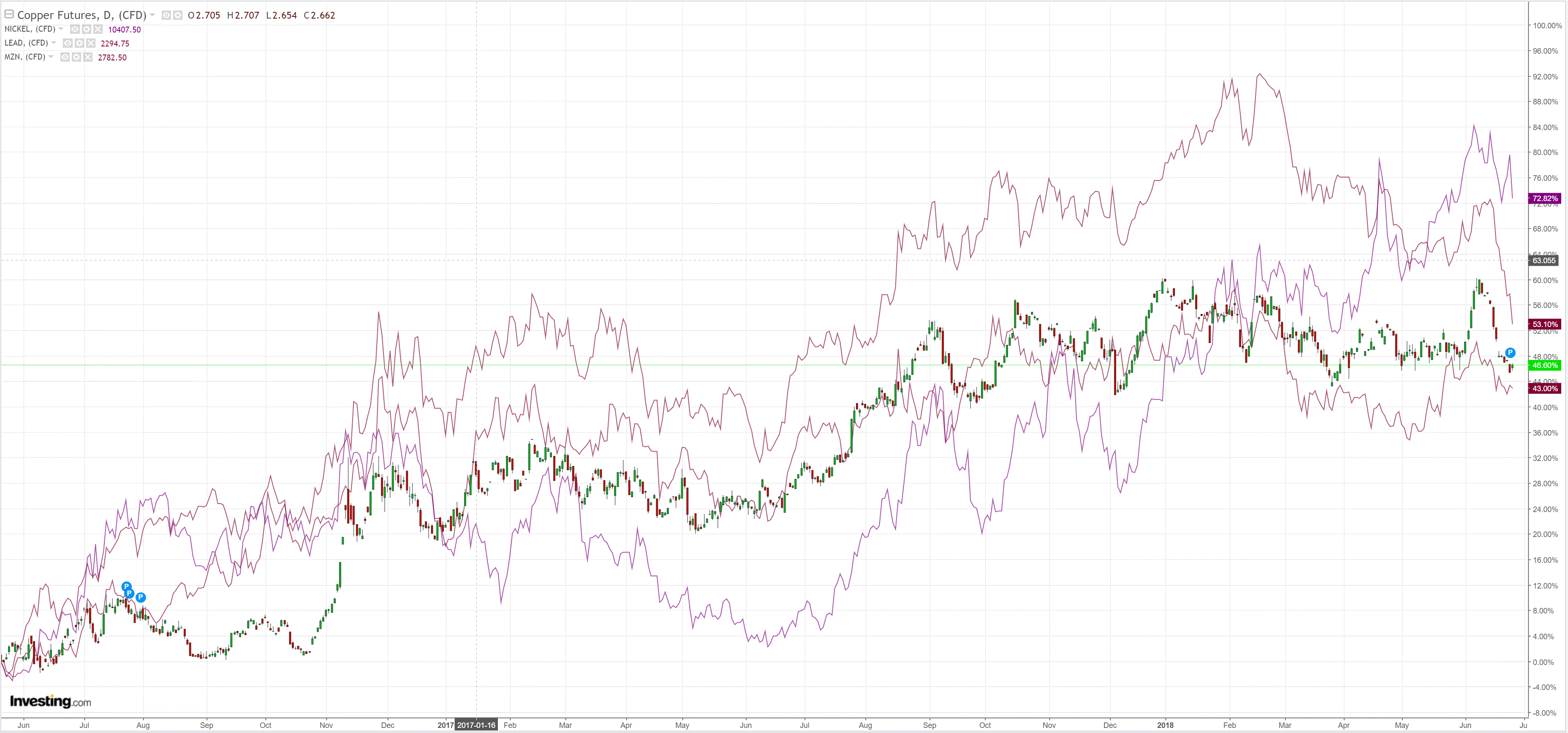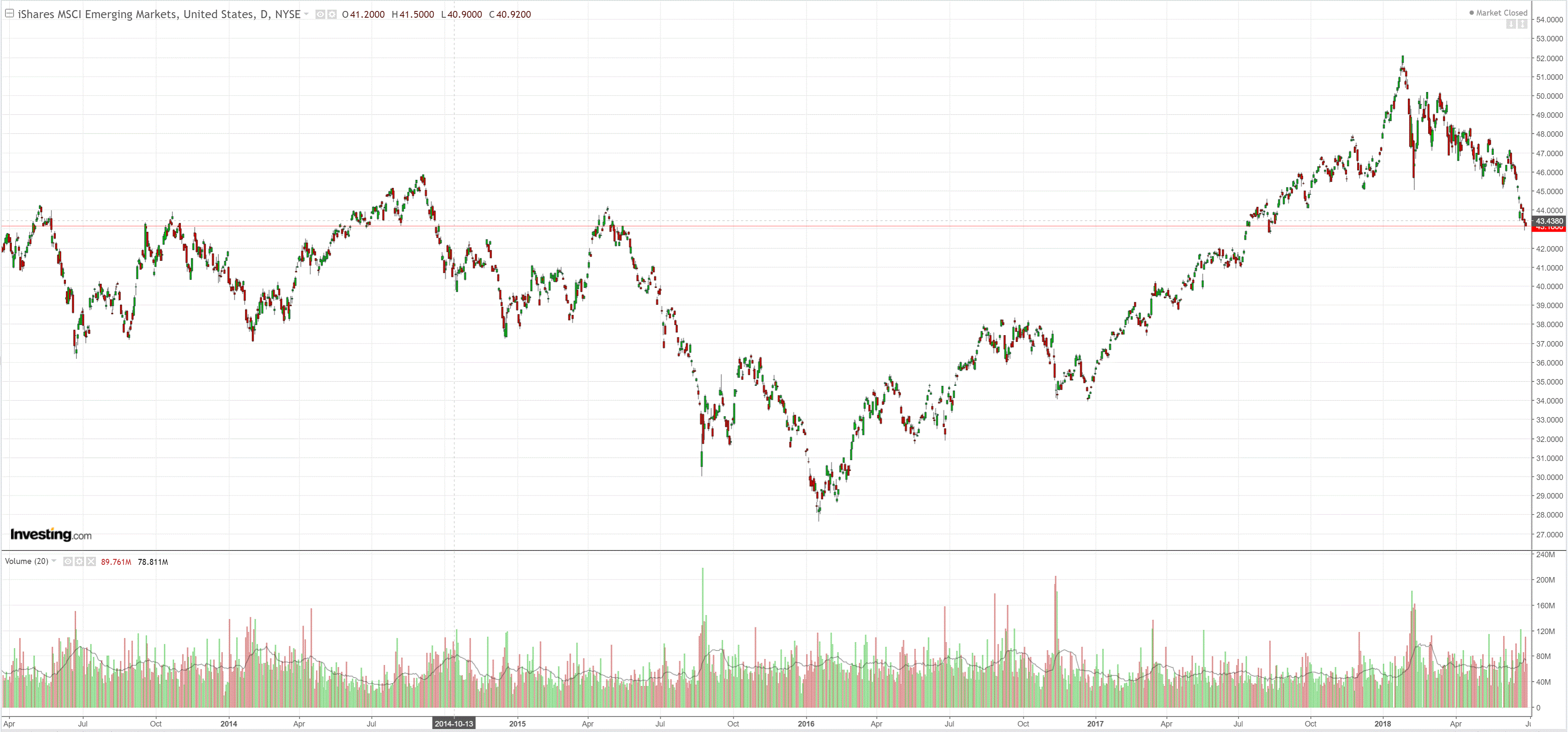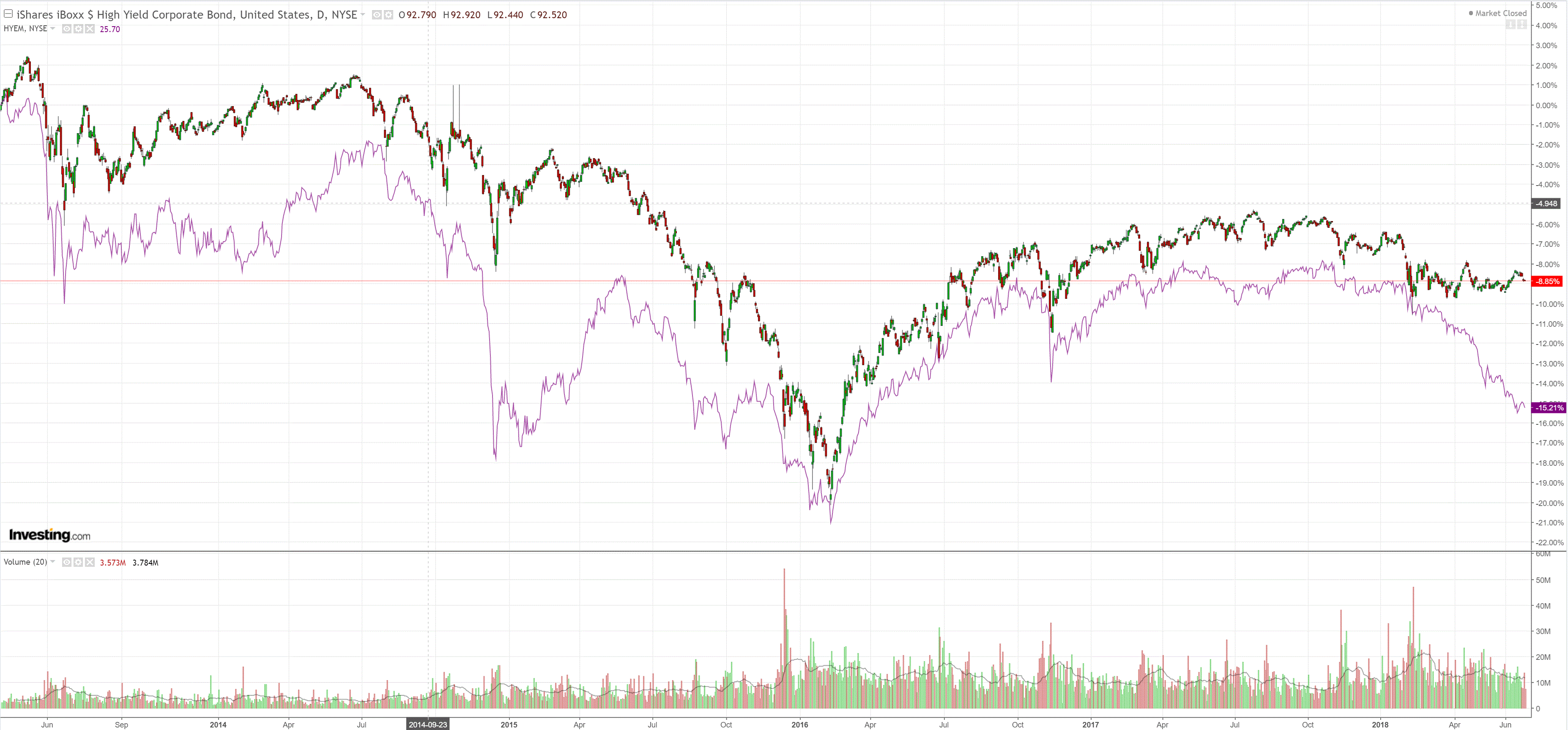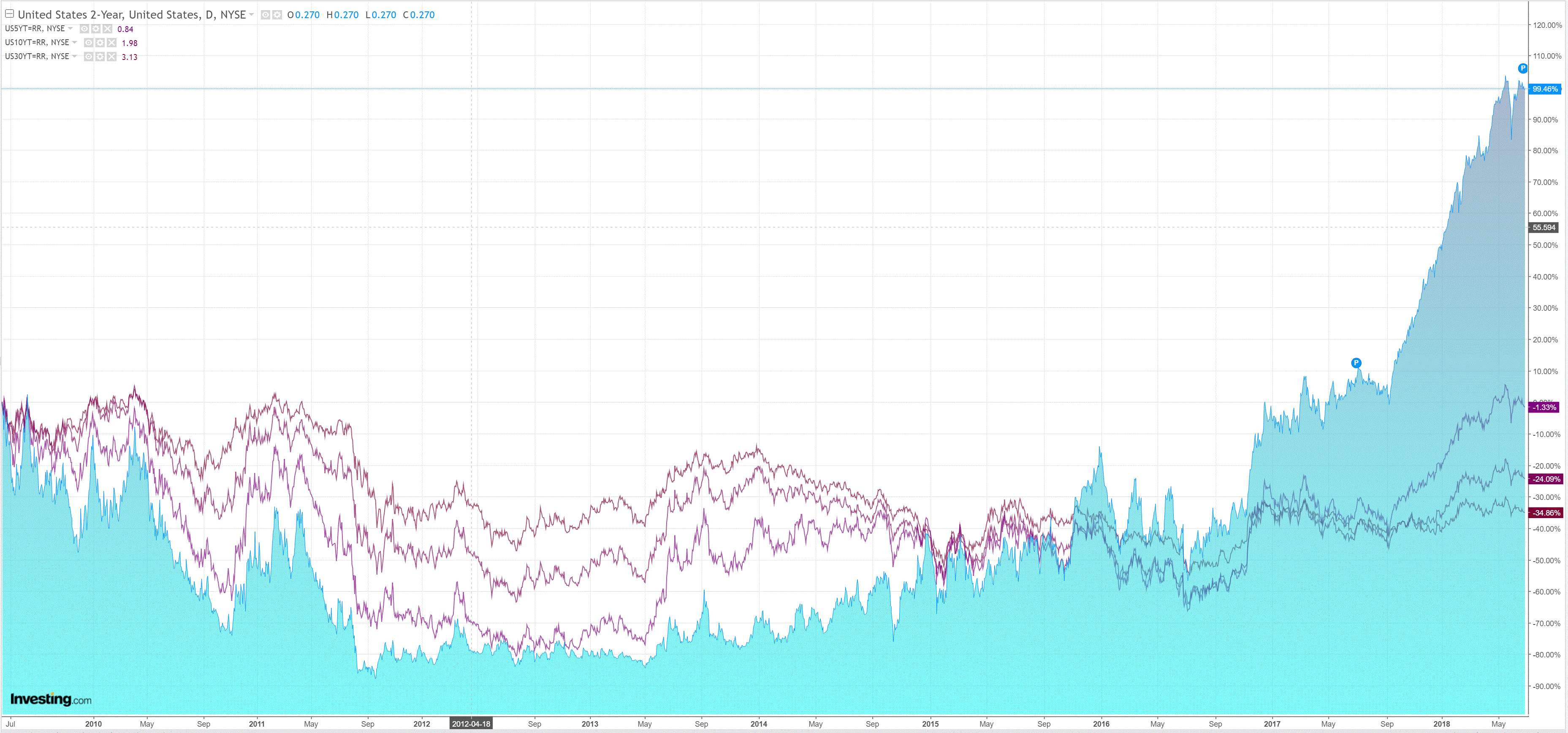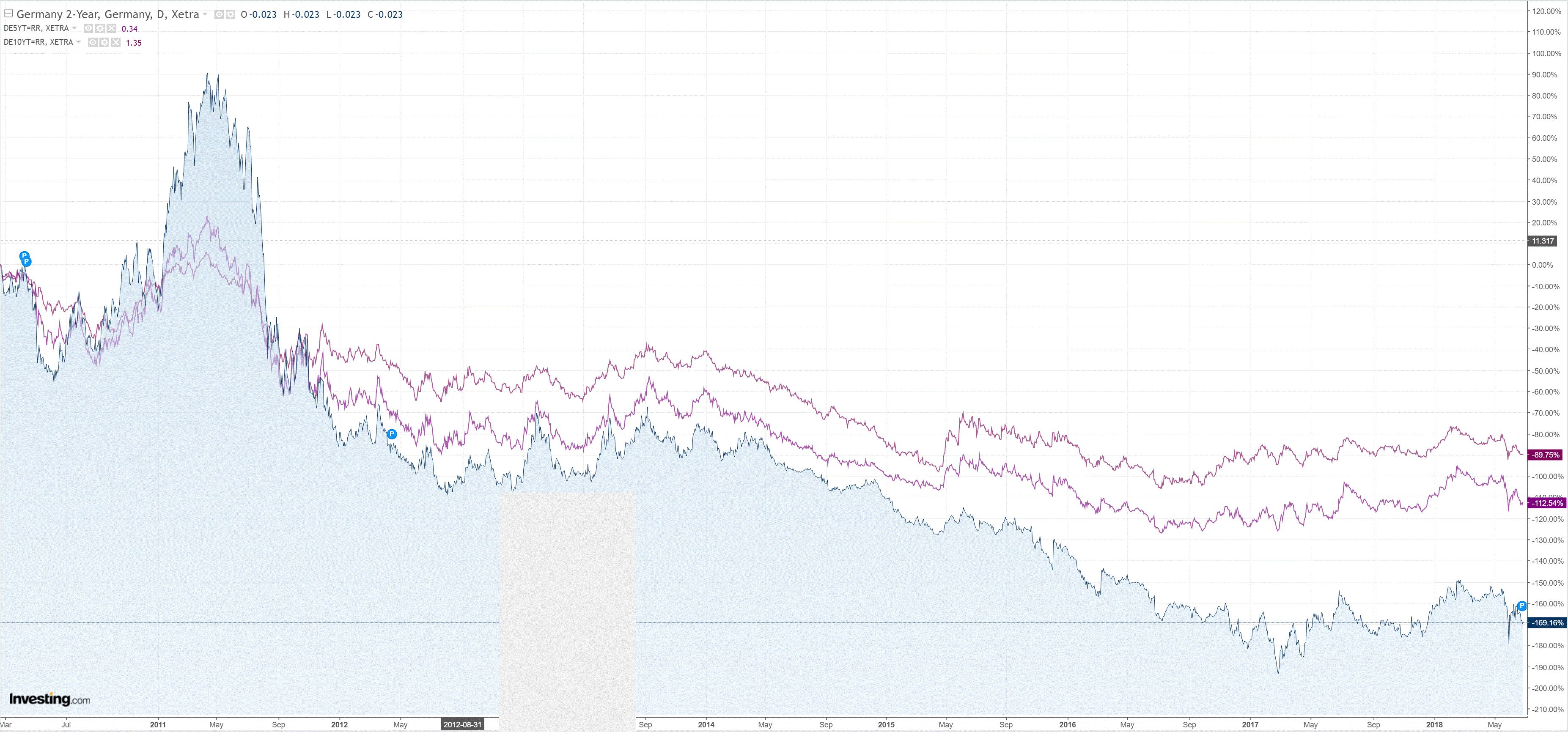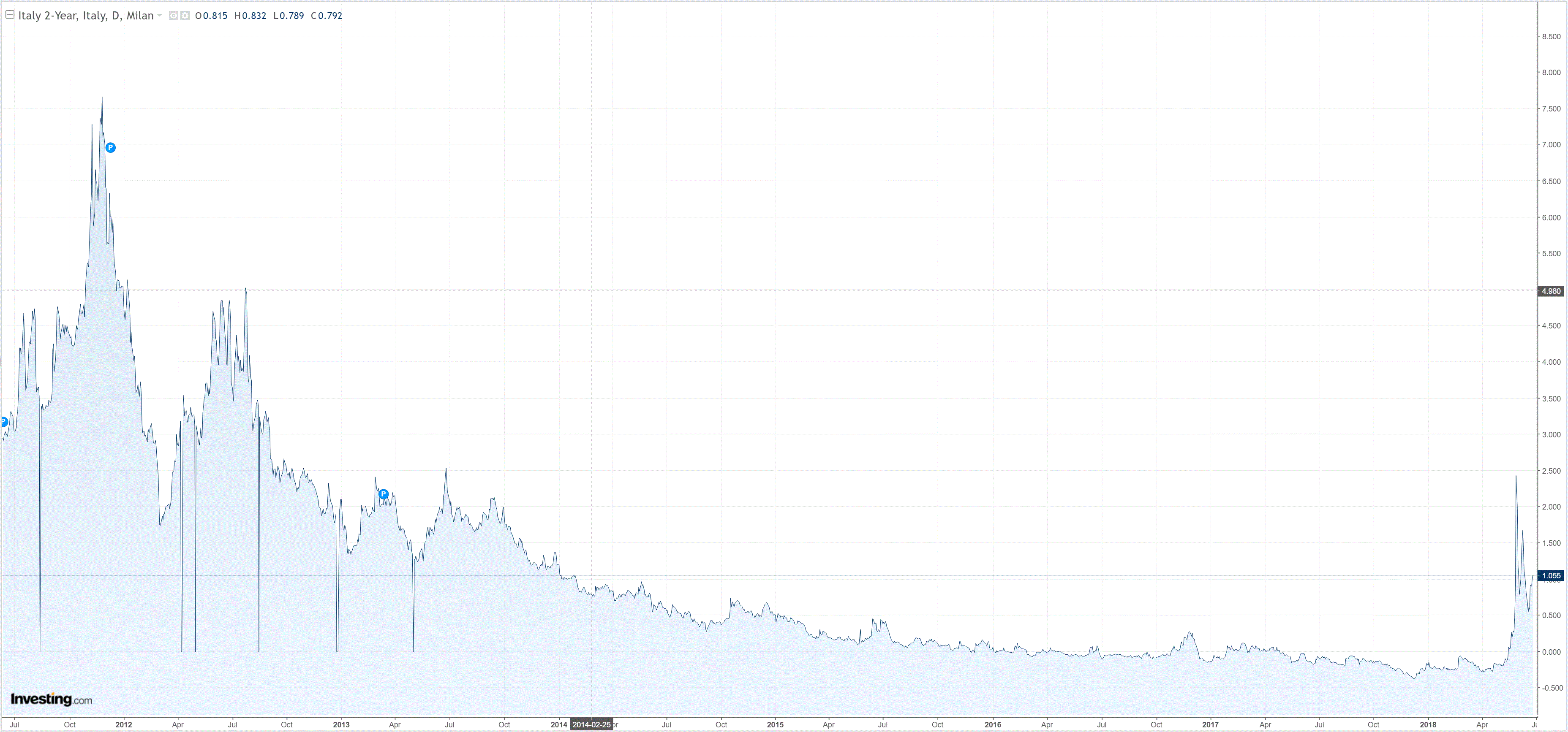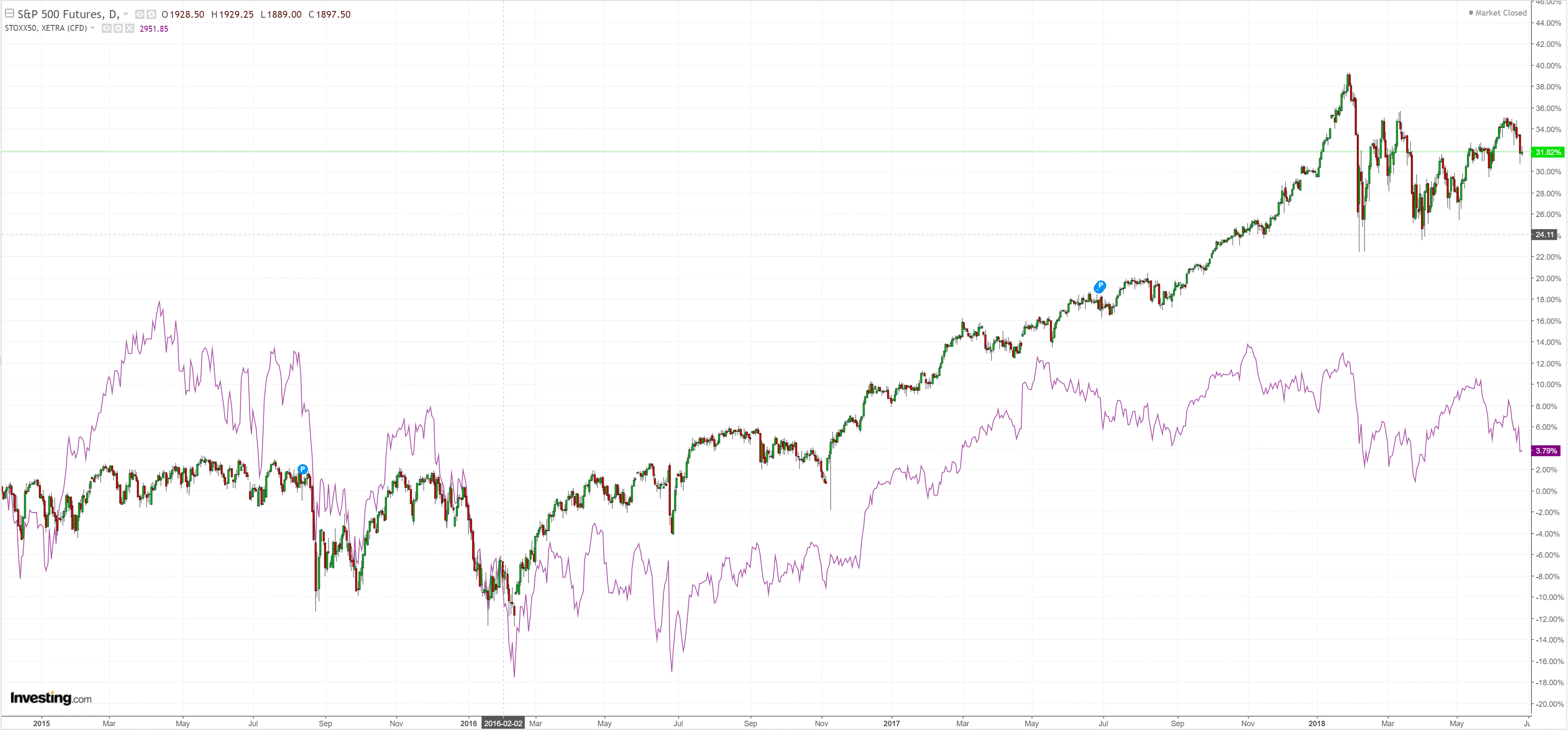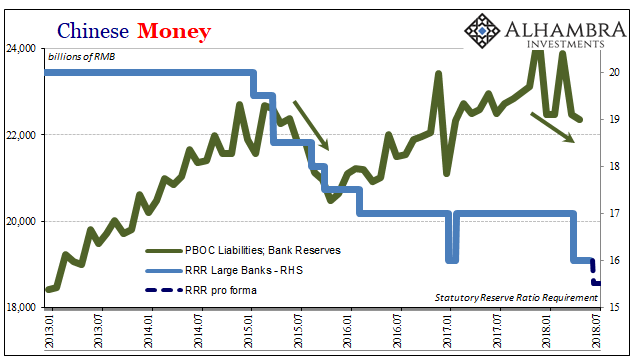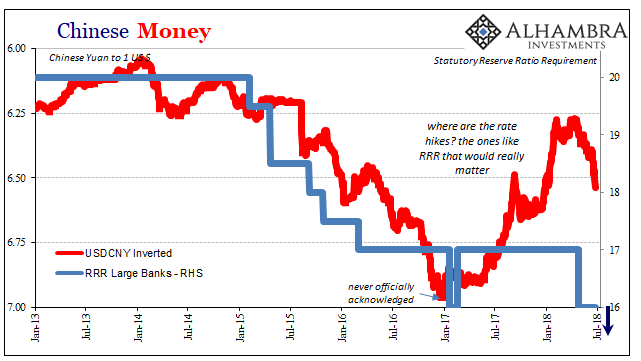well researched and written. very good read.
https://foreignpolicy.com/2018/06/27/the-belt-and-road-bubble-is-starting-to-burst/
The Belt and Road Bubble Is Starting to Burst
China's hasty international investments are beginning to drag down its own economy.
BY
DAVID G. LANDRY | JUNE 27, 2018, 6:47 PM

In a sense, the Sicomines resources-for-infrastructure agreement in the Democratic Republic of the Congo has been just another underperforming deal in a country with no shortage of them. But it is also more than that — namely, a window into the flaws at the heart of Chinese international economic policy, which is already costing its economy dearly.
At the turn of the century, the Chinese government started implementing its “Go Out” policy, which sought to incentivize domestic firms to look for business overseas. Chinese firms would invest and seek contracts abroad, which would make them more competitive globally while alleviating some of the pressures of a domestic market that was starting to saturate. At the same time, the move would allow Chinese firms to secure new markets for their exports. The policy was supported by cheap and easy credit from China’s policy banks.
Chinese firms responded to these incentives. Fueled by easy credit and the impetus to go out, many of them have been taking increasingly risky projects. Unsurprisingly, many of these projects have underperformed massively. And the impacts for Chinese banks, and through them the Chinese economy, are now becoming visible.
Consider Congo’s Sicomines agreement. In 2007, the Congolese government signed an enormous resource-for-infrastructure deal originally valued at $9 billion with a consortium of Chinese companies. According to the fleshed-out version of the agreement, signed in 2008, more than 10 million metric tons of copper and some 600,000 metric tons of cobalt were ceded to the newly minted Sicomines, of which the major Chinese state-owned enterprises China Railway Engineering Corp. (CREC) and Sinohydro had majority ownership. In exchange, Sicomines would build $6 billion (later adjusted to $3 billion) worth of infrastructure and invest $3 billion in the mine itself. China’s Export-Import Bank agreed to finance the whole thing, with the guarantee that the mine’s output would serve to repay its loans down the line.
Ostensibly, the deal was good for China. Through Sicomines, it would gain a new friend in Joseph Kabila. (Relevant here is that in 2007, unlike today, Kabila had just won Congo’s first ever democratic election and was portrayed as a figure of hope for stability, democracy, and development.) The Chinese side of the agreement would also secure massive mineral reserves. Finally, China would offload some of its domestic overcapacity by carrying out $9 billion worth of investments halfway across the world. According to new
research — based on dozens of interviews and an in-depth financial model of the agreement — the deal had a net value more than $10 billion to the Chinese consortium when it was signed. But the deal soured.
The Chinese consortium misjudged the market it was entering. As can be expected from any venture in one of the world’s least stable countries, also infamous for its infrastructure deficit, massive delays plagued the development of the mine. For example, after failing to secure electricity from the Congolese grid at the agreed-upon price, Sicomines had to import electricity from Zambia. It is now in the process of building a hydroelectric plant, without which the mine cannot produce at full capacity. Sicomines also got unlucky. In 2013, news broke out that the total estimated copper reserves in its concession had been adjusted down to 6.8 million metric tons — a 35 percent drop. Mirroring this drop, the consortium readjusted its copper production targets down by 37.5 percent. To make things worse, in the years following the signature of the deal, the price of minerals took a hit. Copper now costs under $7,000 per metric ton, down from about $9,000 when the deal was finalized in April 2008. As things stood in late 2016, Sicomines may result in a substantial net loss for the Chinese consortium.
The Sicomines case is not unusual. China’s mammoth firms frequently make massive losses on foreign investment ventures.
A recent Foreign Policy
piece points out that individuals and firms have made up an increasingly large share of China’s total foreign asset purchases in recent years, from 12 percent in 2011 to nearly 40 percent in 2017, as the People’s Bank of China’s share of total foreign direct investment shrank. It turns out that these new investors are poor asset judges. As their share of China’s portfolio grew, its aggregate returns dwindled. In 2016, the total return on Chinese foreign investment was 0.4 percent, which is dramatically lower than the 4 percent earned by foreign reserves.
Through the Go Out policy and the Belt and Road Initiative, China’s firms have been economically and politically incentivized to invest in countries where they have little to no experience. Chinese President Xi Jinping’s trillion-dollar Belt and Road Initiative has backed the Go Out policy’s economic incentives with a healthy dose of political pressure, reflecting China’s desire to have its economic rise matched by political clout. Chinese firms lack the experience of their Western counterparts when investing abroad; some Western investments date back to colonial times. Because of their late entry into new markets, Chinese firms may also be more likely to invest in lemons — projects deemed too unprofitable or risky by other investors. Chinese firms have also been taking on projects that are far outside their field of competence. The Sicomines deal is a case in point, resulting in two Chinese construction giants now sharing a controlling stake in a copper mine.
The possibility has been raised that Chinese firms may be in a haste to invest in large projects, regardless of risk, because they aim to become too big to fail, with the expectation that they will be bailed out even if they throw money down the drain. They may also be seeking to transfer assets abroad to shield them from the state’s prying hands should their political fortunes turn.
Regardless of Chinese firms’ motives for undertaking such risky projects abroad, failed investments are now fixtures of China’s foreign investment portfolio. Furthermore, many of these projects are on the books of the Chinese policy banks that finance them. These banks
expect all their loans to be repaid — and are unlikely to forgive them. However, they will likely be forced to renegotiate or even reschedule many loans down the line. The new
rules the Chinese government has recently imposed on policy banks suggest that Beijing believes their lending poses a risk to the broader Chinese economy.
Meanwhile, risky ventures such as Sicomines carry a huge opportunity cost. While Go Out has funneled billions of dollars out of the Chinese economy, vast swaths of China remain underdeveloped. It’s true that much of the Chinese market is saturated. But investments in Tibet and Xinjiang would likely yield better returns than those in Congo and South Sudan. As a bonus, they would also contribute to China’s development and help ease some of its domestic tensions.
Then there are the political risks that China is courting. After it was signed, the Sicomines agreement quickly became one of China’s most contentious ventures in Africa and generated massive backlash. Civil society actors quickly pointed out that the deal was negotiated in secrecy, entailed no competitive bidding, and sidelined much of the ministries that would normally negotiate such agreements in favor of a close friend of Kabila’s. International financial institutions worried that the deal would saddle Congo with crippling debt. Finally, many argued that China, to quench its thirst for natural resources, was taking advantage of one of the world’s poorest countries. In the 2011 election campaign, Congolese opposition politicians vowed to scrap the deal altogether if they rose to power. To most analysts, the Chinese parties of the agreement were making out like bandits.
This is far from the case. Sicomines has invested more than $2 billion in infrastructure projects and in the mine itself, in addition to the $350 million bonus it disbursed. It is far from assured to get that money back. The mine finally produced copper in 2016 — far less than planned and long behind schedule. A change in government in Congo, which was due for 2016 according to its constitution, could sidetrack the deal completely. Sicomines’s fortunes could turn; minerals prices are in the midst of an upswing. But, for the past decade, the so-called deal of the century has been a major headache for China.
As the Belt and Road Initiative chugs along, it will be one of many.


